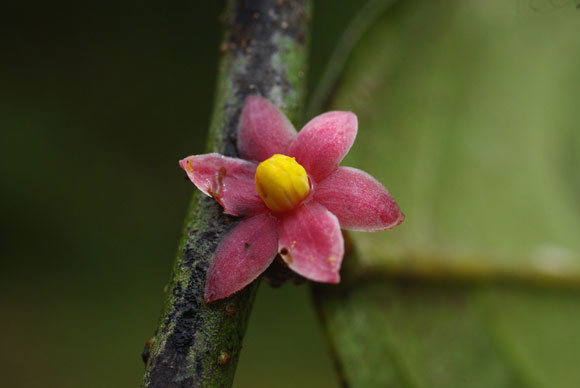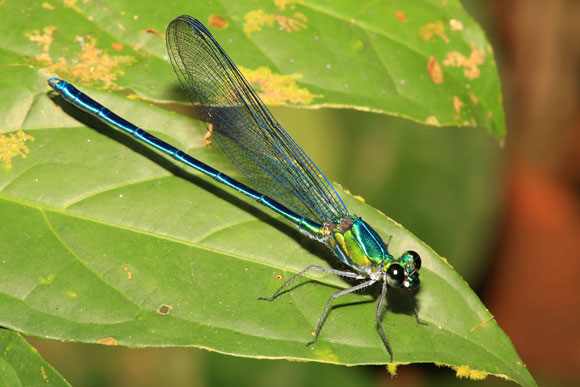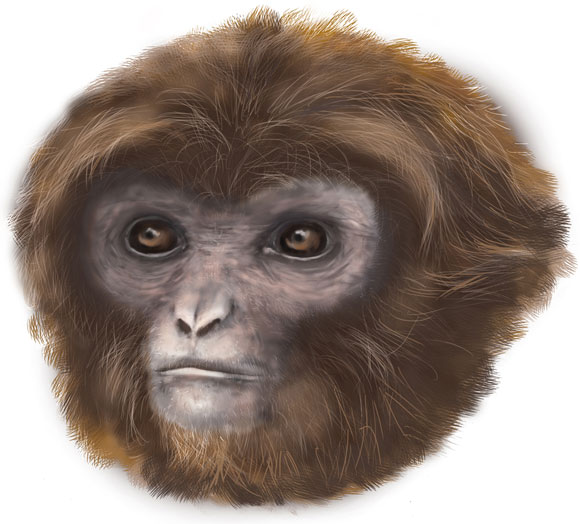Newfound Species
Science has identified some 2 million species of plants, animals and microbes on Earth, but scientists estimated there are millions more left to discover, and new species are constantly discovered and described. The most commonly discovered new species are typically insects. Newly discovered mammal species are rare, but they do occur, typically in remote places that haven't been well studied previously. Some animals are found to be new species only when scientists peer at their genetic code, because they look similar to another species — these are called cryptic species. Some newfound species come from museum collections that haven't been previously combed through and, of course, from fossils. Read below for stories about newly discovered species, both alive on Earth today and those that once where the planet.⏬

1. Flowering Tree (Sirdavidia solannona). This new species of tree was discovered nearby the main road that runs through Africa’s Monts de Cristal National Park in Gabon.


3.Primate (Pliobates cataloniae). This new species of ape was discovered through fossil remains uncovered in Spain. The ape is thought to have lived 11.6 million years ago.

4. Isopod (Iuiuniscus iuiuensis). This new species of crustacean was discovered in a cave in Brazil. It builds shelters out of mud.

5.Hominin (Homo naledi). Scientists identified this new species of hominin through fossil remains uncovered in South Africa. Their size and weight were similar to that of modern humans.
Find all about it in here and in here
No comments:
Post a Comment